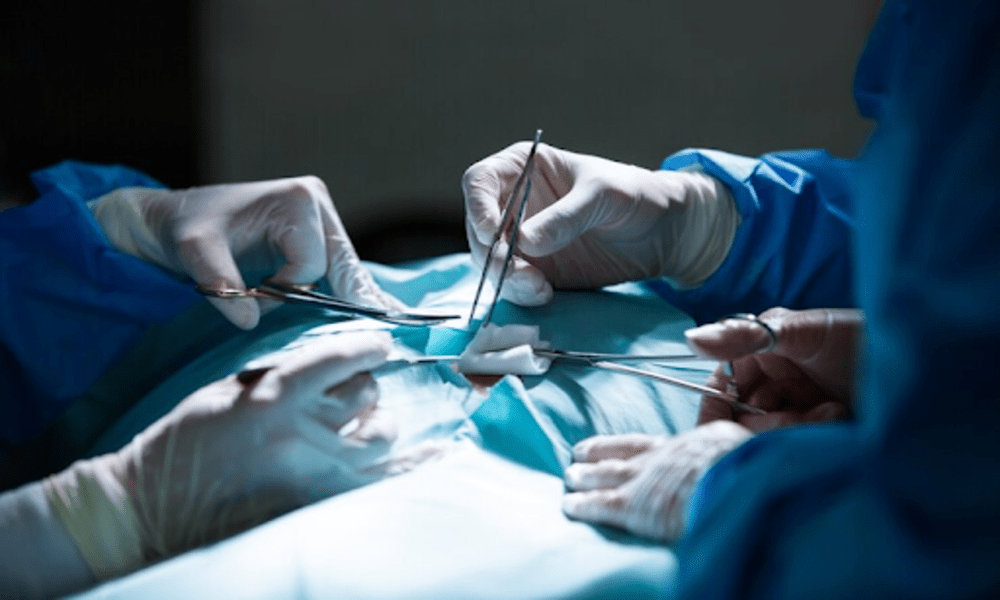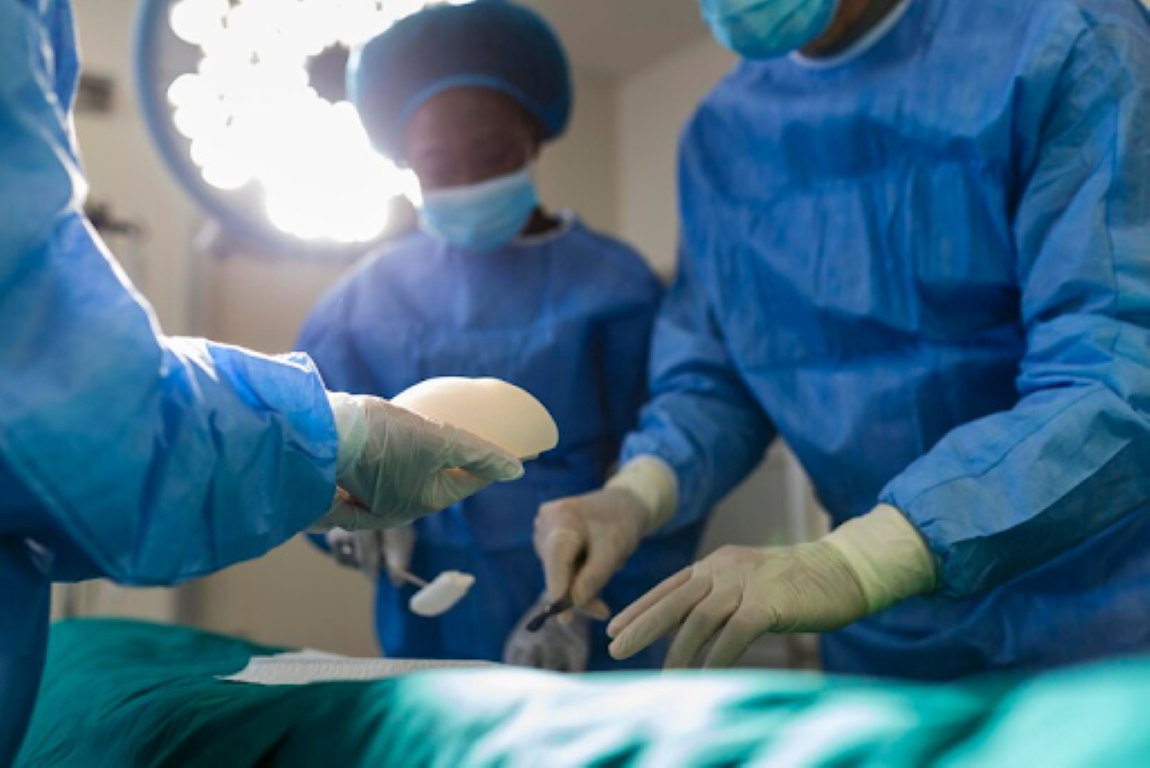Obesity is a complex and prevalent health issue that often requires a multifaceted approach for effective management. Among the various weight loss interventions available, laparoscopic gastric sleeve surgery has gained popularity as a transformative option.
In this blog, we will delve into the process of gastric sleeve laparoscopic surgery, exploring its mechanism, benefits, and considerations for individuals seeking a sustainable weight loss solution.
Table of Contents :
Navigating Weight Loss: Understanding the Process of Laparoscopic Gastric Sleeve
The Basics of Laparoscopic Gastric Sleeve Surgery
Benefits of Laparoscopic Gastric Sleeve Surgery
- Significant Weight Loss
- Improvement in Obesity-Related Conditions
- Reduced Hunger
- Minimally Invasive Nature
Considerations and Postoperative Care
The Basics of Laparoscopic Gastric Sleeve Surgery
Gastric sleeve laparoscopic surgery, also known as sleeve gastrectomy, involves the reduction of the stomach’s size to promote weight loss. Unlike some other weight loss surgeries, this procedure does not involve rerouting the intestines. Instead, it focuses on modifying the stomach’s structure, primarily by removing a significant portion of it.
Key Steps in the Procedure
Anesthesia
The surgery begins with administering general anesthesia to ensure that the patient is unconscious and pain-free during the procedure.
Incisions
The surgeon makes small incisions in the abdominal area. Trocars (narrow tubes) are inserted through these incisions to create access points for the surgical instruments.
Visualization
The laparoscope is a thin tube with a camera inserted through one of the incisions. This allows the surgeon to visualize the internal organs on a monitor, guiding them throughout the procedure.
Stomach Resection
Using specialized instruments, the surgeon carefully removes approximately 75-80% of the stomach, leaving behind a banana-shaped sleeve of the stomach. This reduction in stomach size significantly limits the amount of food it holds. It also takes away the Ghrelin producing part of the stomach which leads to reduced hunger. The rate at which the food passes down into the intestine also increases and aids in weight loss.
Stapling
The remaining portions of the stomach are sealed using surgical staples. This not only closes off the removed section but also ensures that the staple line is secure and airtight. The staple line is oversewn with sutures by many surgeons for additional security.
Closure
After completing the stomach resection and stapling, the surgeon removes the laparoscope and other instruments, and the small incisions are closed with sutures or surgical glue.
Benefits of Laparoscopic Gastric Sleeve Surgery
Significant Weight Loss
Patients often experience substantial weight loss in the months following surgery, with many achieving their weight loss goals within a year.
Improvement in Obesity-Related Conditions
The surgery has been associated with improvements or remission in obesity-related conditions such as type 2 diabetes, hypertension, and sleep apnea.
Reduced Hunger
The hormonal changes resulting from the surgery lead to a decrease in appetite, making it easier for individuals to adopt healthier eating habits.
Minimally Invasive Nature
The laparoscopic approach involves small incisions, resulting in less pain, quicker recovery, and a reduced risk of complications compared to traditional open surgery.
Considerations and Postoperative Care
1. Lifestyle Changes
While gastric sleeve laparoscopic surgery is a powerful tool for weight loss, it is crucial to embrace lifestyle changes such as a balanced diet and regular exercise to maximize and maintain results.
2. Nutritional Supplements
Due to the reduced stomach size, patients may need to take nutritional supplements to ensure they receive adequate vitamins and minerals.
3. Follow-up Care
Regular follow-up appointments with the surgical team are essential to monitor progress, address any concerns, and provide guidance on postoperative care.
4. Psychological Support
Weight loss surgery has emotional and psychological implications. Accessing support groups or counseling services can be beneficial for individuals navigating these changes.
Conclusion
Laparoscopic gastric sleeve surgery is a transformative and effective solution for individuals struggling with obesity. For those considering gastric sleeve laparoscopic surgery, the expertise of a skilled professional is paramount.
Dr. Aparna Govil Bhasker, with her extensive experience in laparoscopic and bariatric surgery, stands as a reliable choice in Mumbai, India. Her commitment to patient well-being and innovative approaches ensure comprehensive services, making her a trusted partner in the journey toward sustainable weight loss and improved health.





